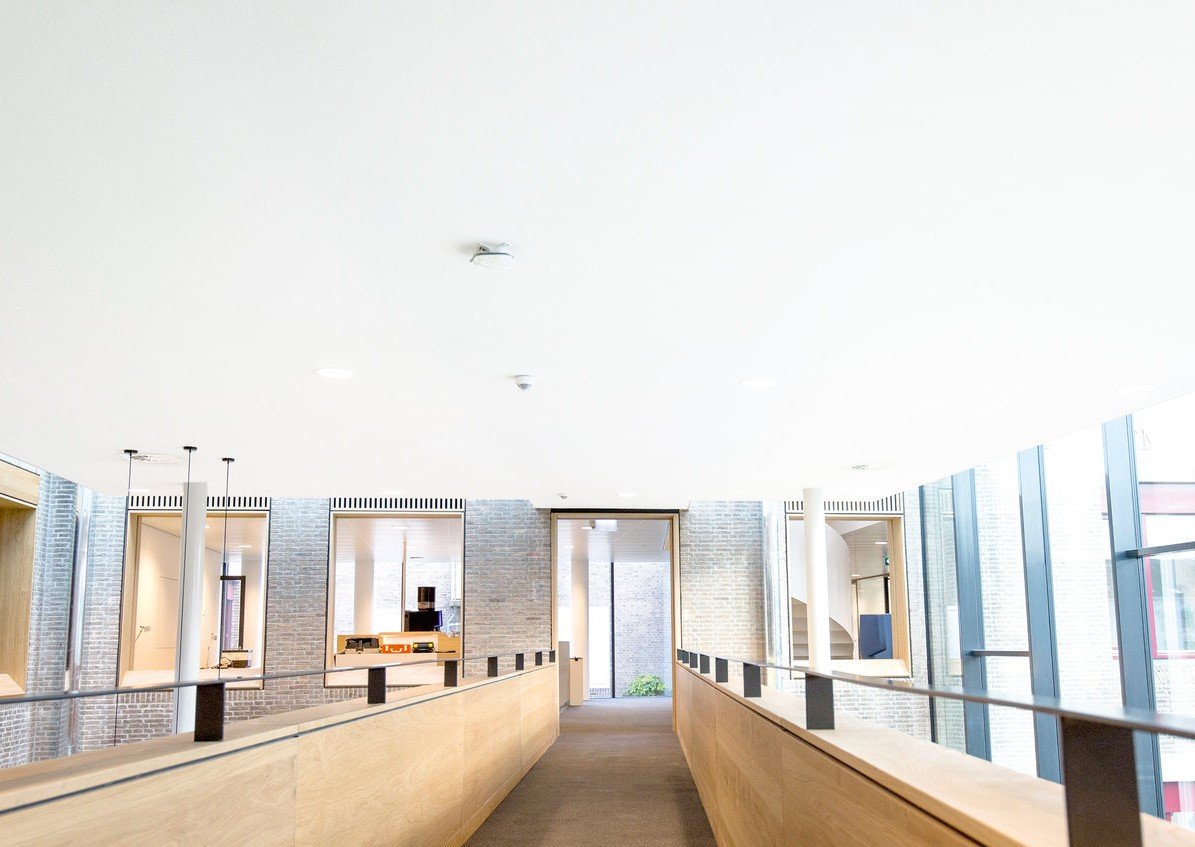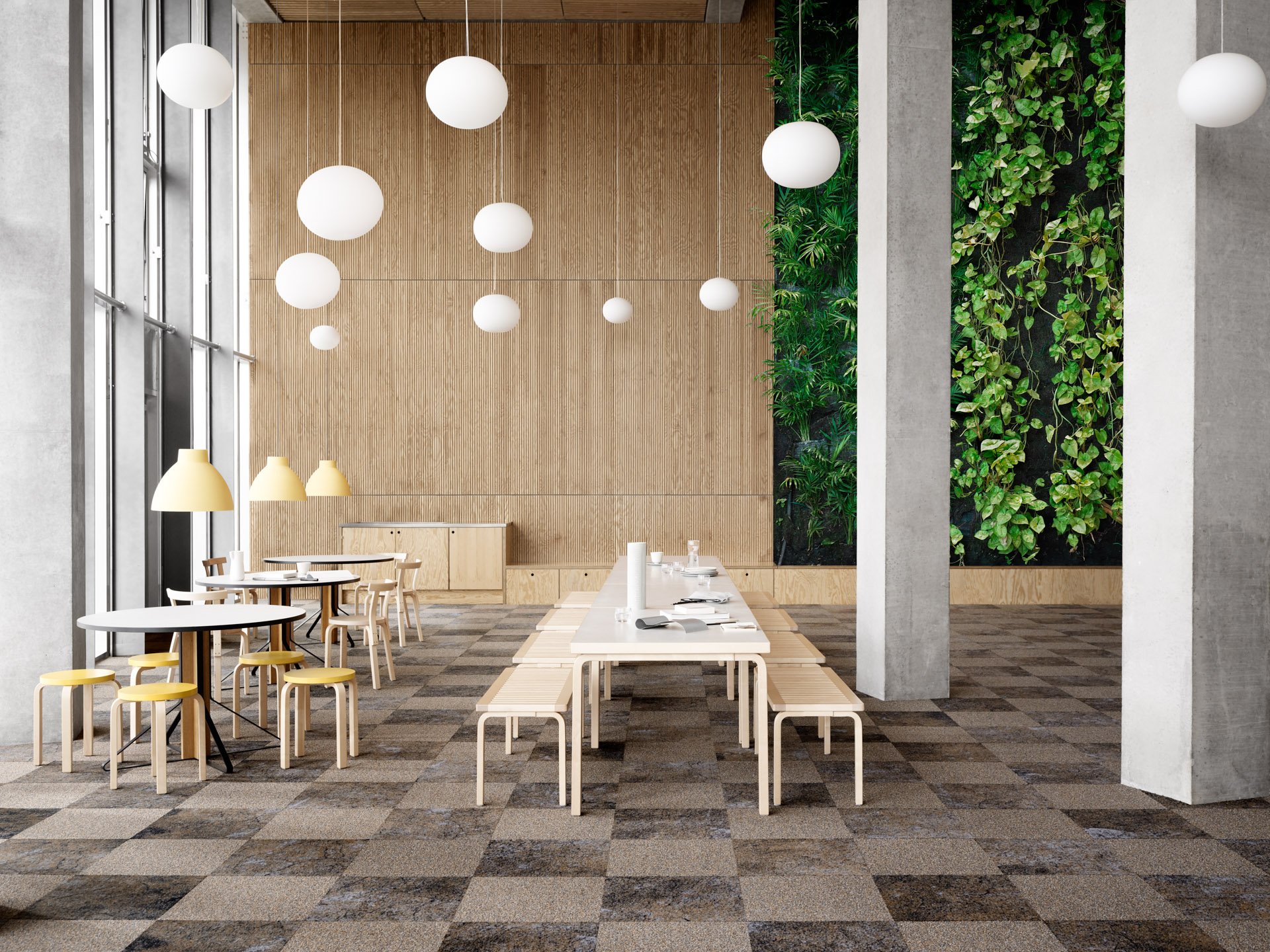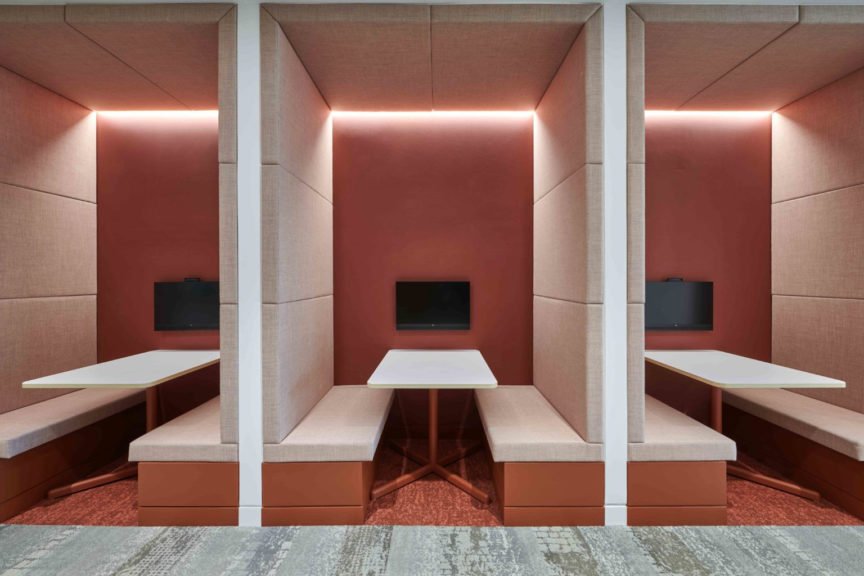BAPS Hindu Mandir in Abu Dhabi, UAE is the first traditional Hindu stone temple in the Middle East.
This greenfield project is a 108 feet tall symbol of cultural integration and diversity. Take its seven spires as an instance. They pay homage to seven Hindu deities, while also representing the seven emirates of the temple’s host country, UAE. The temple’s carvings depict scenes from the epics of Mahabharata and Ramanaya, but it’s the carvings of camels and the UAE national bird, the Falcon, brilliantly contextualise the structure.
Yet, there is more to the temple than such allegories. Actually, the temple is the heart of a sprawling 27 acre campus. Replete with spaces such as libraries, canteens, meditation rooms and more, the BAPS Hindu Mandir cannot be called anything less than an experience. It is not just a destination for Hindu devotees, but also a centre for those who wish to explore and understand the nuances of the religion.
All the while, the BAPS Hindu Mandir is also paramount of engineering and performance with no concrete or steel being used in its construction. ‘A temple in a desert’ could generate an exciting visual on AI text-to-image platforms such as MidJourney, but the UAE’s stringent construction permissions can make it quite a task. Building an earth-quake resistant monolithic stone structure in a desert couldn’t be possible, or could it?
Traditional architects from BAPS Swaminarayan Sanstha designed the stone temple and award-winning Singaporean architecture practice RSP’s Middle Eastern arm visualised the masterplan, architecture and interiors of the campus. From material innovations to concocting grand spatial schemes, Michael Magill, Creative Director and Prabhanjan Kambadur, Director told us all…











